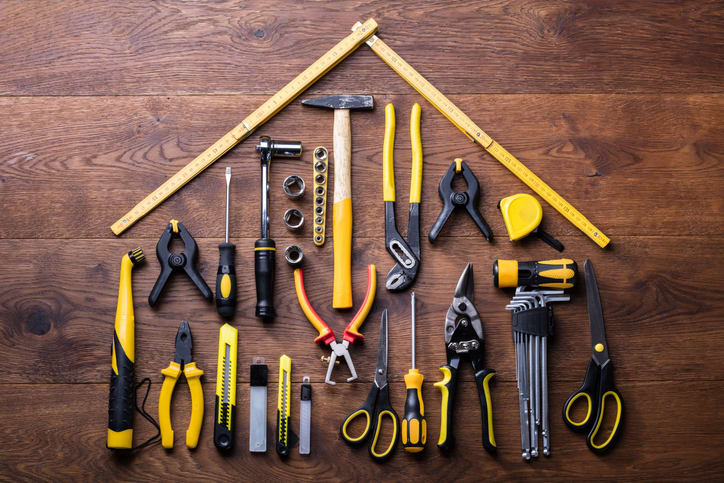
People who consider themselves handy with repairs and projects around the house proudly call themselves DIYers. There are plenty of do-it-yourself projects you can perform safely—from building your own coffee table to making artwork out of junk—all you need are the right tools and a tutorial video or two from the internet.
However, some DIY tasks are explicitly not recommended, especially when they deal with your home’s inner workings, including the plumbing, electrical, and heating and cooling systems. Here’s a look at three DIY drain cleaning techniques and why they’re a bad idea.
DIY Drain Cleaning with Chemicals
A bottle of drain opener is often the first thing homeowners reach for when they experience a slow drain. However, chemicals are only a temporary fix for clogged drains. They tend to cut a hole in the center of the sludge, which only remains open for a short time. This means you’ll be reaching for the chemicals again in just a few months.
And consider this: if chemicals are harsh enough to eat through whatever’s blocking the drain, couldn’t they harm the pipes themselves? The answer is yes, especially with repeated use down the same drain.
DIY Drain Cleaning with Baking Soda & Vinegar
This is a common do-it-yourself tip to keep drains flowing free and clear: pour one cup of baking soda into the kitchen sink followed by one cup of vinegar. However, while the fizzing reaction appears impressive, it does virtually nothing to clear the clog.
In fact, this base and acid, each of which is an effective household cleaner, cancel each other out when combined. The byproducts of combining baking soda and vinegar are nothing more than water, sodium chloride (salt), and carbon dioxide.
This might have you wondering—could the pressure created by the formation of CO2 gas force the clog out of the pipe? The problem with this theory is that a closed system is required for pressure to build up. Even if you plug the drain after pouring baking soda and vinegar inside, gas can escape through the overflow hole and plumbing vent. The system is not airtight!
DIY Drain Cleaning with Hot Water
Pouring near-boiling water down the drain is another suggestion do-it-yourselfers find online. While this melts fat, oil, and grease so water can flow again, it only pushes the blockage further down the drain line. As a result, hot water is only a temporary solution for greasy clogs. Plus, boiling water does nothing against hair, tree roots, or other objects that don’t melt at 212 degrees F.
Your best bet for effective, long-lasting drain cleaning is to hire a plumber. Using advanced diagnostic cameras and hydrojetting equipment, plumbers eliminate clogs by getting at the heart of the problem rather than providing a short-term fix.
Puget Sound Plumbing & Heating can eliminate every source of clogged drains, from intrusive tree roots to grease blockages. To learn more, or to schedule drain cleaning in Seattle, please contact us at (206) 350-0079.


